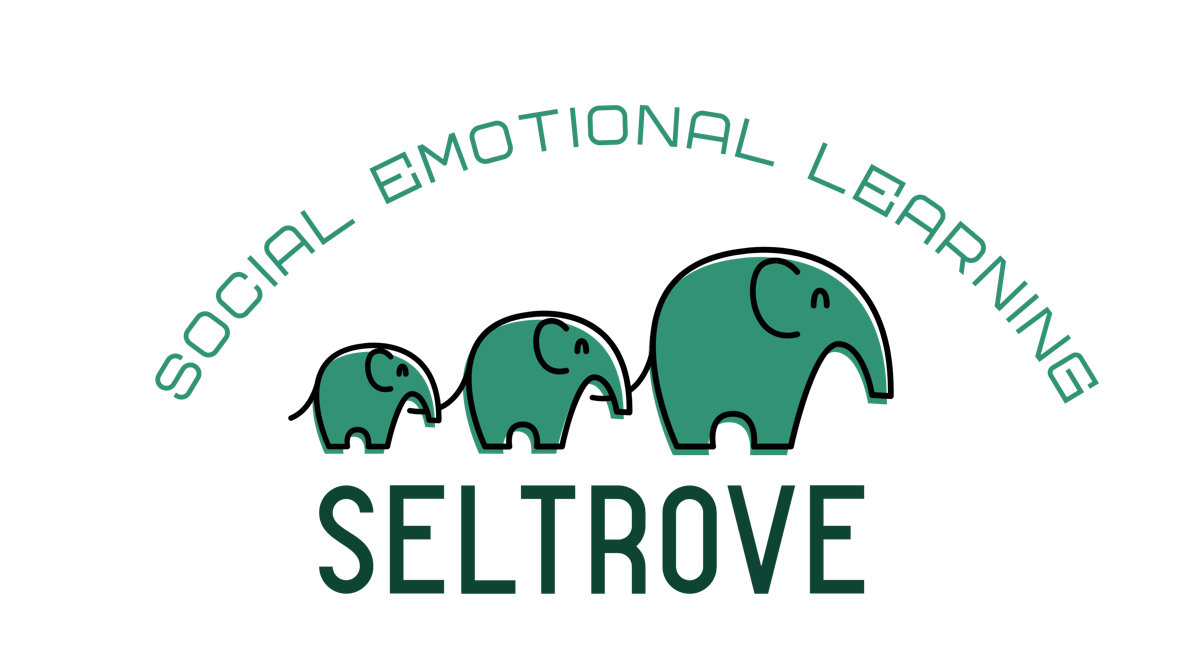
Using SEL while teaching your curriculum
Janna Nobleza
Part of teaching SEL is definitely explicitly teaching skills, but if you are really implementing SEL in your classroom you want to be seamlessly weaving it into your teaching and teaching environment.
Many times teachers and stakeholders think a class is "doing SEL" when they are using a curriculum or doing some worksheets. It is true that a curriculum is great -- our Seltrove student workbooks and digital class packs scaffold skills and ensure students are applying their learning -- but that's just part of "doing SEL" in your classroom.
So what is missing and how can you add it seamlessly into your curriculum? Here's some tips and thoughts.
Many times teachers and stakeholders think a class is "doing SEL" when they are using a curriculum or doing some worksheets. It is true that a curriculum is great -- our Seltrove student workbooks and digital class packs scaffold skills and ensure students are applying their learning -- but that's just part of "doing SEL" in your classroom.
So what is missing and how can you add it seamlessly into your curriculum? Here's some tips and thoughts.
1. Be a role model
You can teach SEL by being a good role model for empathy, self-management, healthy relationship skills, and good decision-making skills. When you're teaching, this may look like:
- One of your students is having a really hard time. You go up to your students' desk during quiet work time and say, "It seems like you're having a hard time. How can I help?"
- Your students aren't listening to you and you're in a bad mood. You tell your students, "I'm feeling really frustrated and just need to take a few breaths before we continue with our lesson."
- You say "good morning" and "hi" to your colleagues and students when passing them in the hallways.
2. Weave SEL into your curriculum
When teaching English, Language Arts, History, or any other subject where you are reading about people you can easily use what you're reading to teach SEL. For example:
When teaching other subjects like math and science, ask your students to create goals and analyze data to make reasoned judgements and evaluate consequences and impacts. For example:
- When you are reading a book out loud to your students, stop occasionally and ask questions like: "What do you think ___[character]___ is feeling?" or "Do you think ___[character]___ is making a good decision? What could he/she/they do differently?" or "How is ___[character]___ a good friend in this book/chapter?"
- When teaching history or reading non-fiction, ask students questions like: "What are the different perspectives of the different groups of people about this event?" or "How did that decision affect other people?"
- Read books that align with SEL topics like self-awareness, self-management, kindness, decision-making, etc.
When teaching other subjects like math and science, ask your students to create goals and analyze data to make reasoned judgements and evaluate consequences and impacts. For example:
- "What does this make you wonder more about? What do you want to learn more about?" and then have your students create a goal to learn more about a topic (as a class, small group, or individually).
Here are some great picture books that align well with SEL topics:
Here's an example of SEL-aligned discussion questions:
Think about the relationship the main characters in “The Winner” have in the story. How did the relationship change and grow stronger throughout your reading of the story? How did the author create this realistic characterization and relationship?
Why does Sam's family come to live with him in the wilderness instead of forcing him to return to New York City in My Side of the Mountain?
Here is an example of a discussion guide that I've used with my students in high school English.
Think about the relationship the main characters in “The Winner” have in the story. How did the relationship change and grow stronger throughout your reading of the story? How did the author create this realistic characterization and relationship?
Why does Sam's family come to live with him in the wilderness instead of forcing him to return to New York City in My Side of the Mountain?
Here is an example of a discussion guide that I've used with my students in high school English.
3. Be conscious of your classroom management style
Use SEL in your classroom management strategies -- use empathy and focus on your relationships with your students. Do not use shame or punishment. Instead focus on collaborative problem solving, make your expectations clear from the beginning of the year and refer back to your expectations often so all students know them, and create a classroom environment where all students feel comfortable and safe. A great way to do this is to make supplies accessible to all students in case they forgot their pencil or paper, give students a calm down corner where they can go when they need to take a break, and create strong connections with caregivers.
Featured links
-
SEL Print Workbooks
-
SEL Lightspeed Schoolwide
-
SEL K-12 Free Sample Guide
-
District Solutions
-
About us
Teacher Resources
Get in touch
-
516 North Ogden Ave, Suite 111 Chicago, IL 60642
-
andy@seltrove.com
-
312-224-2536
Copyright © 2025 Seltrove, An IB Source Education company